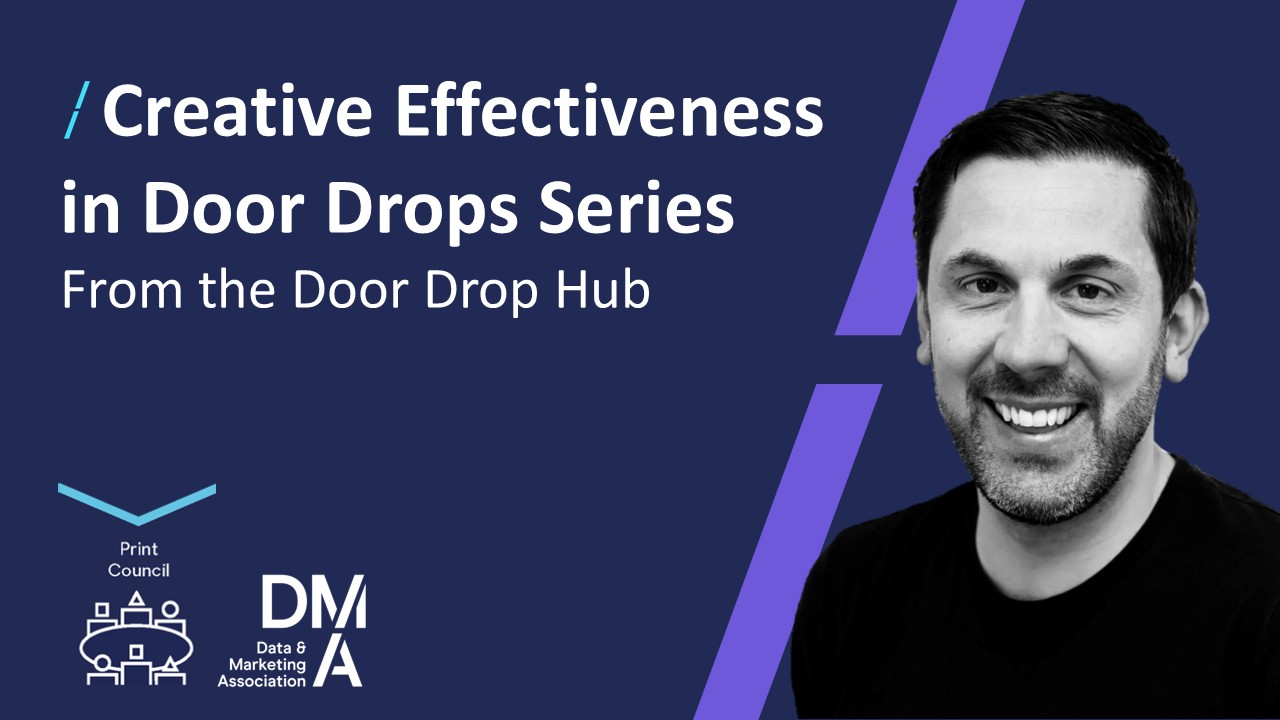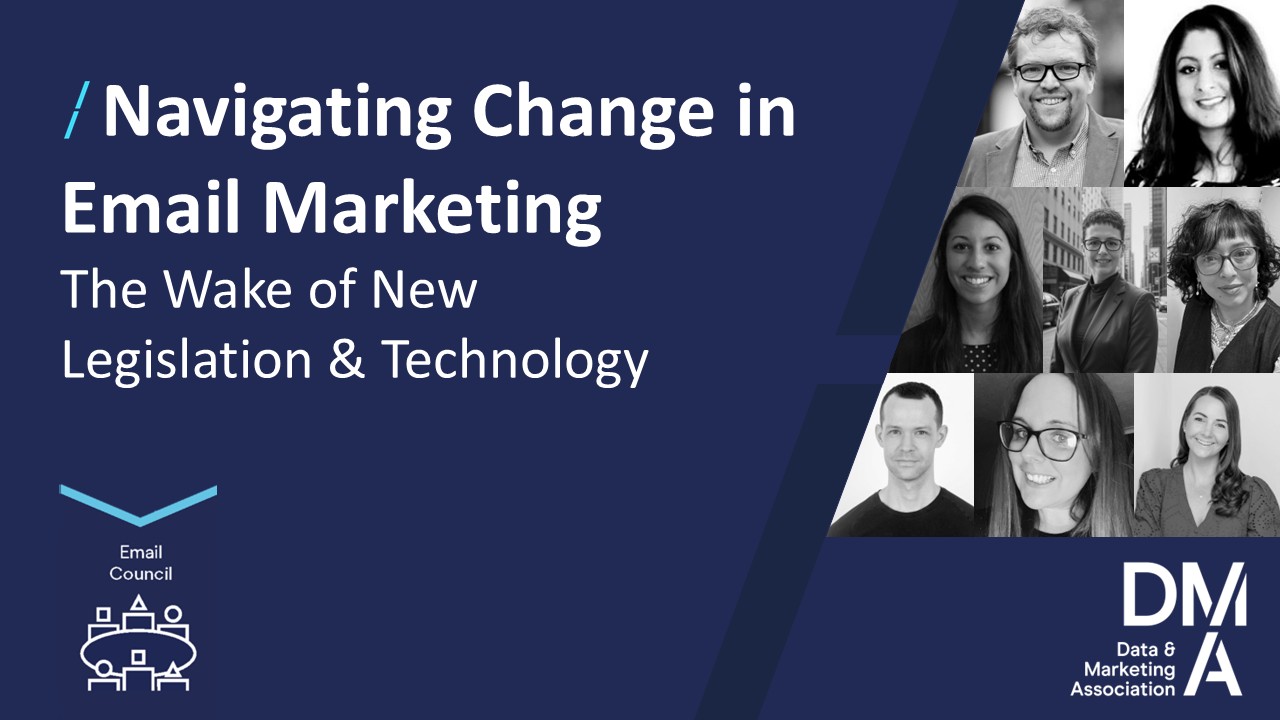I can predict which firms will buy your product next
11 Nov 2014

It's every sales and marketing persons dream - the ability to predict which firms will buy your product in the near future. But it's no longer a fantasy, predictive analytics and big data have been blended to produce Predictive Marketing.
I'm not talking about predicting the next purchase of your existing customers, that type of predictive analysis has been available for some time. This is predicting the next purchases of prospects, net new names, firms that have not yet appeared on your radar or raised their hands.
The technique is remarkably simple, we just didn't have the right tools before. There are a number of companies entering this new industry, at their core they are mostly based on the same method - analysis of existing customers then data extraction from web pages.
Using this method you can build a list of firms that are displaying similar buying patterns as your existing customers. It's all based on behaviour. Still not clear? Here's an example.
Let's say you have developed a software product for recruitment managers, enabling them to effectively post several job adverts on multiple websites with a management dashboard. Great.
After establishing the DNA of your existing customers, Predictive Marketing will search the web for similar organisations. For example, it might extract data from the careers page of company websites and calculate if there has been an increase in the number of jobs posted.
It might also do the same on recruitment websites to ascertain the likely recruitment budget of each company and confirm they are increasing the size of their workforce.
In addition, it could extract data from other publishers and blogs to find the reason for the increase in recruitment activity (new factory, major new client, new products, etc.) and also attempt to put a figure on the number of new staff required.
This 'digital footprint' is processed using real-time, big data and smart algorithms to rank which firms most closely resemble the behaviour of your existing customers and provide the best opportunity. The result is an ideal list.
This industry is in it's infancy and I would estimate the data supplied by some is only 60% accurate. But they are getting better each month by fine tuning their algorithms and using test & learn strategies. At best they will be 80% accurate... and for most projects (and most marketing managers) that is accurate enough.
For a list of the 3 main benefits of Predictive Marketing see my blog titled 'Predictive Marketing; anti-bombing, unfrozen and cool' or email me gsmith@marketinggraham.com





Please login to comment.
Comments